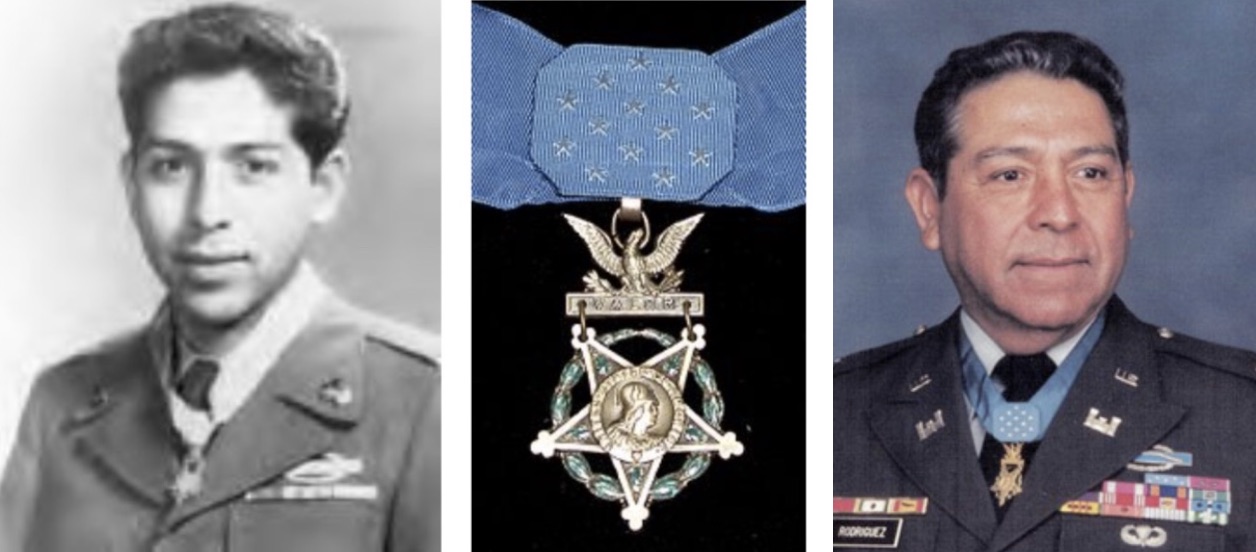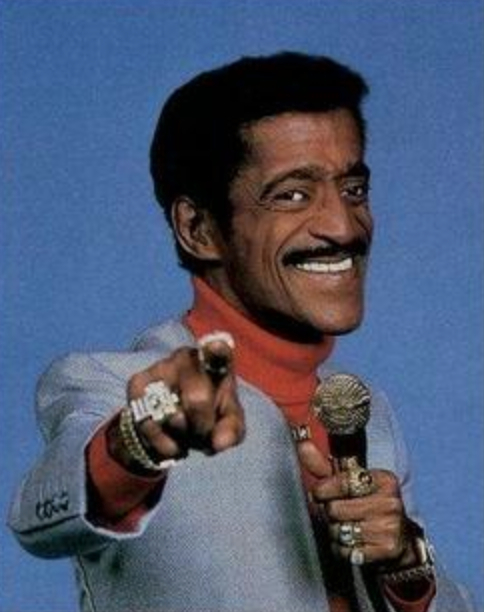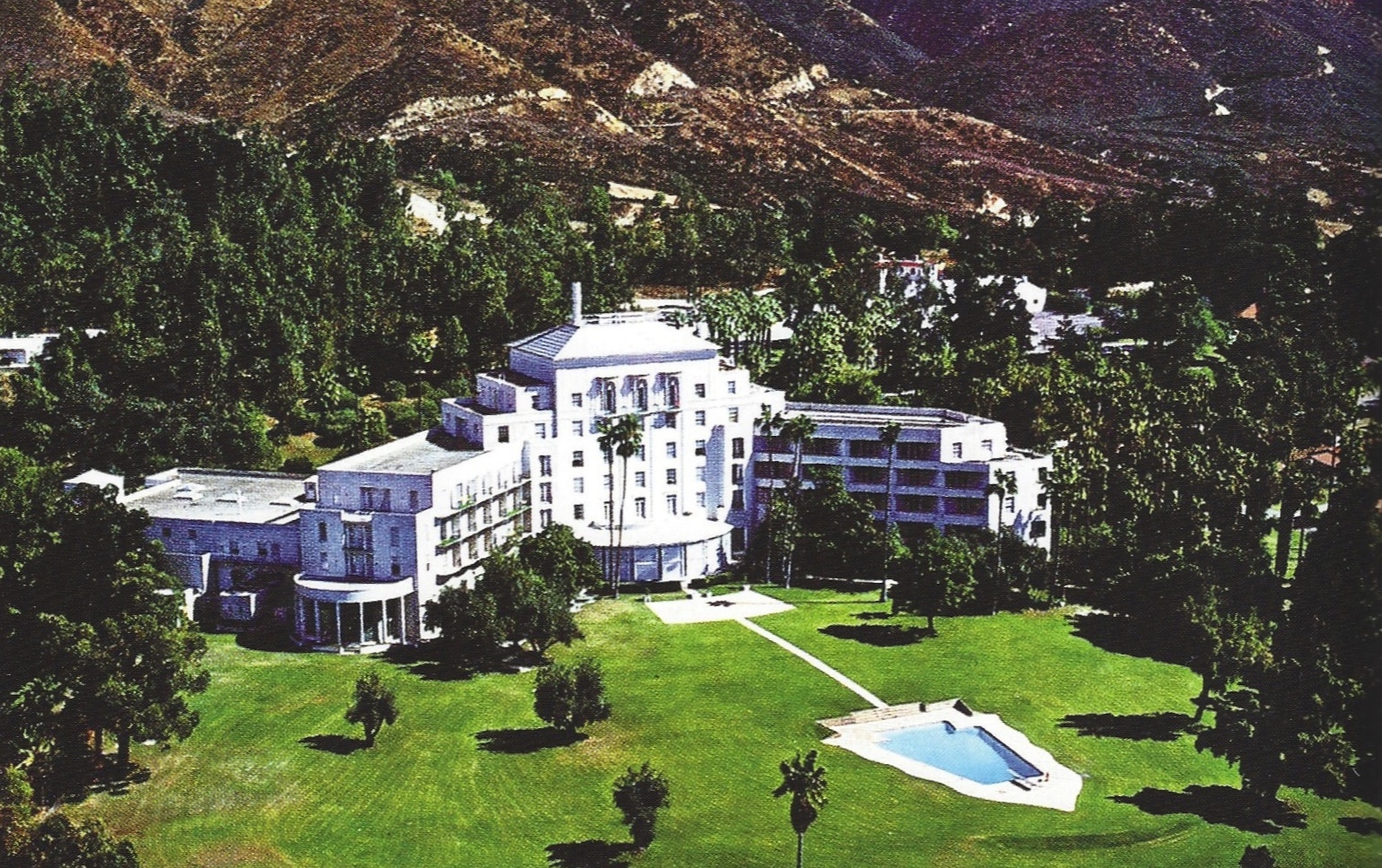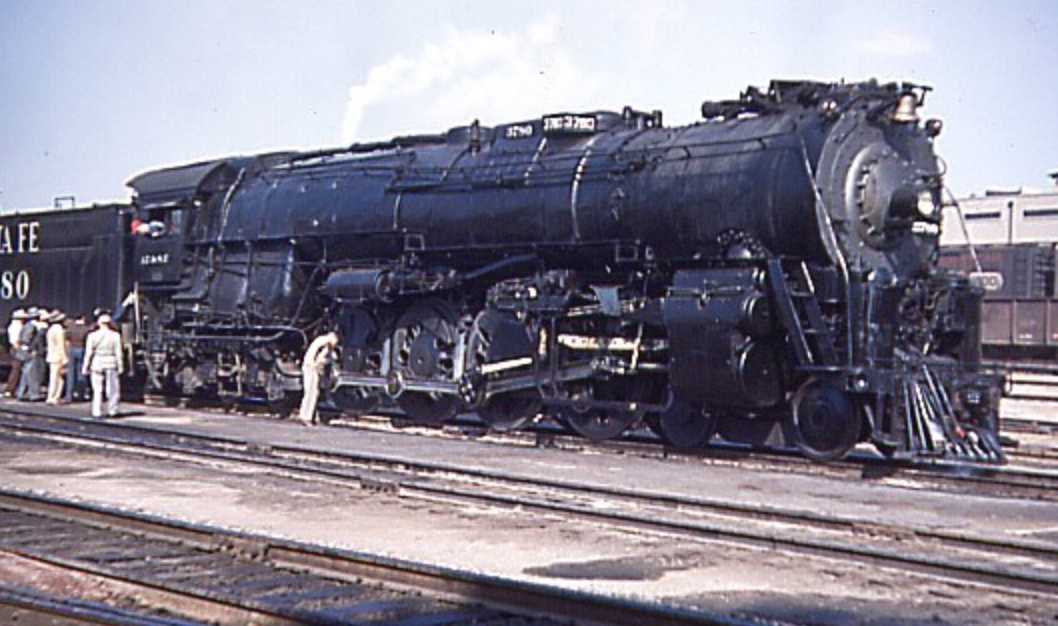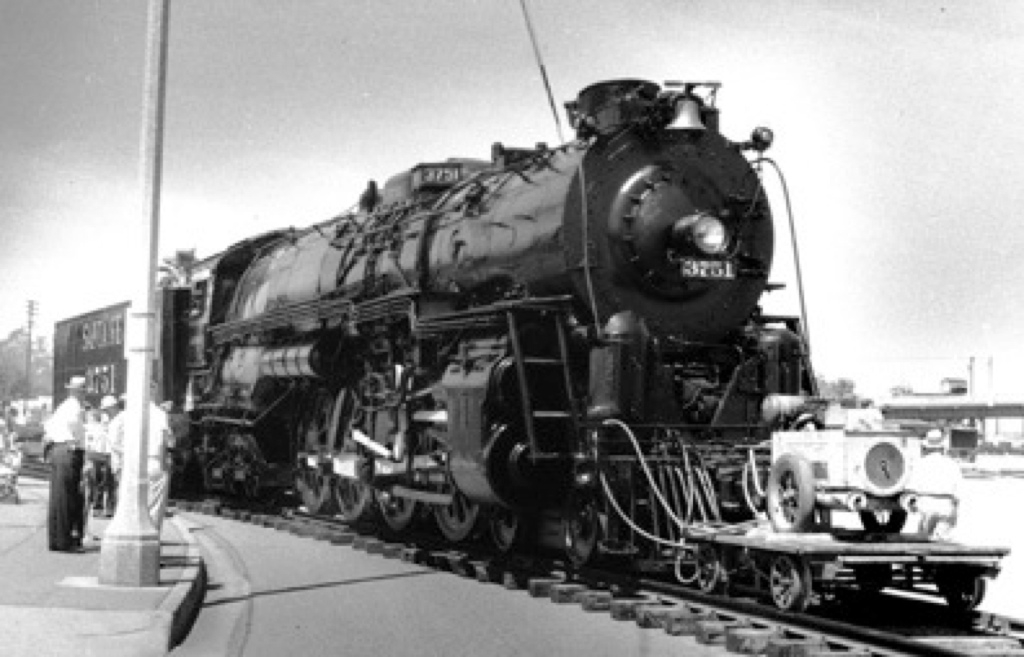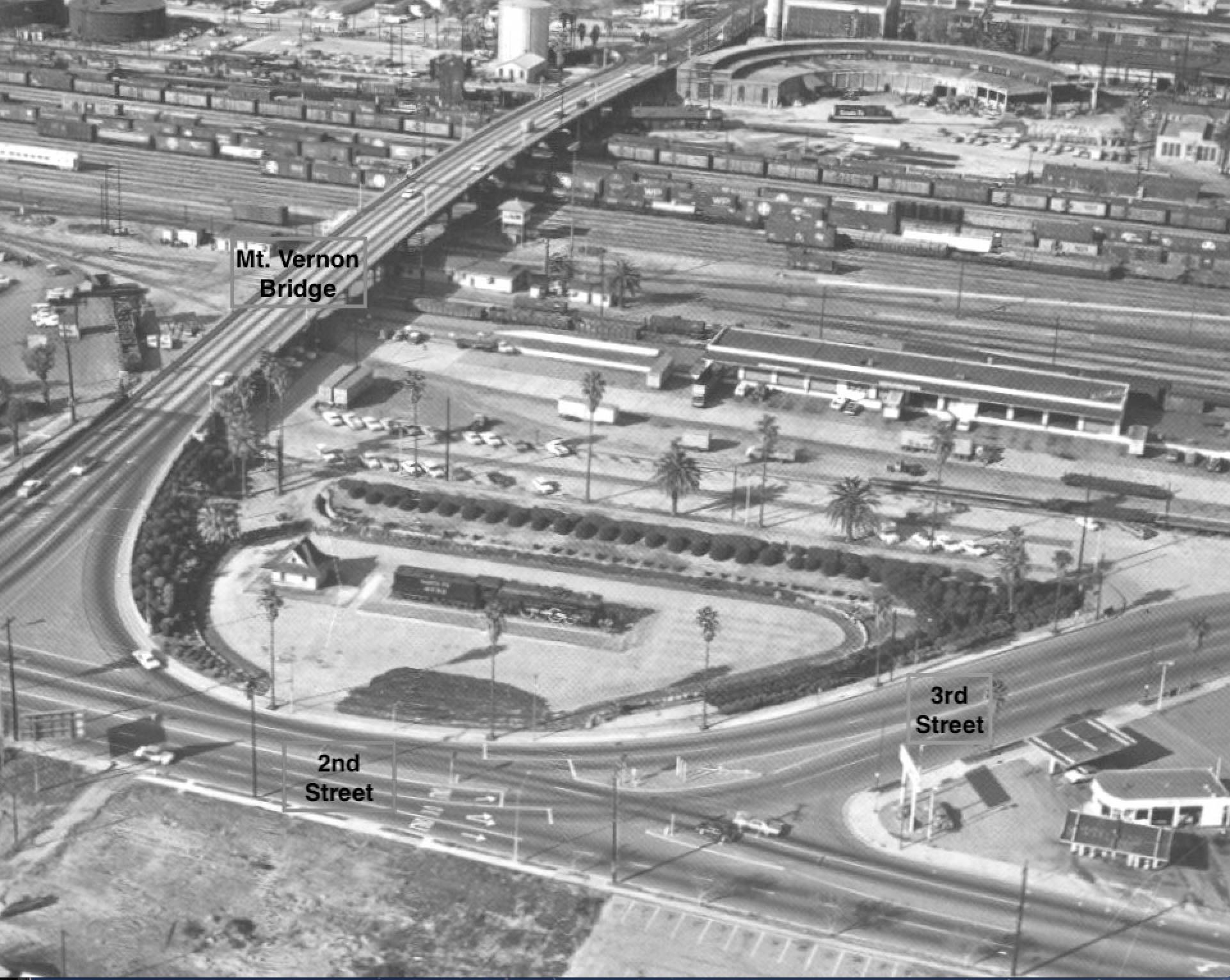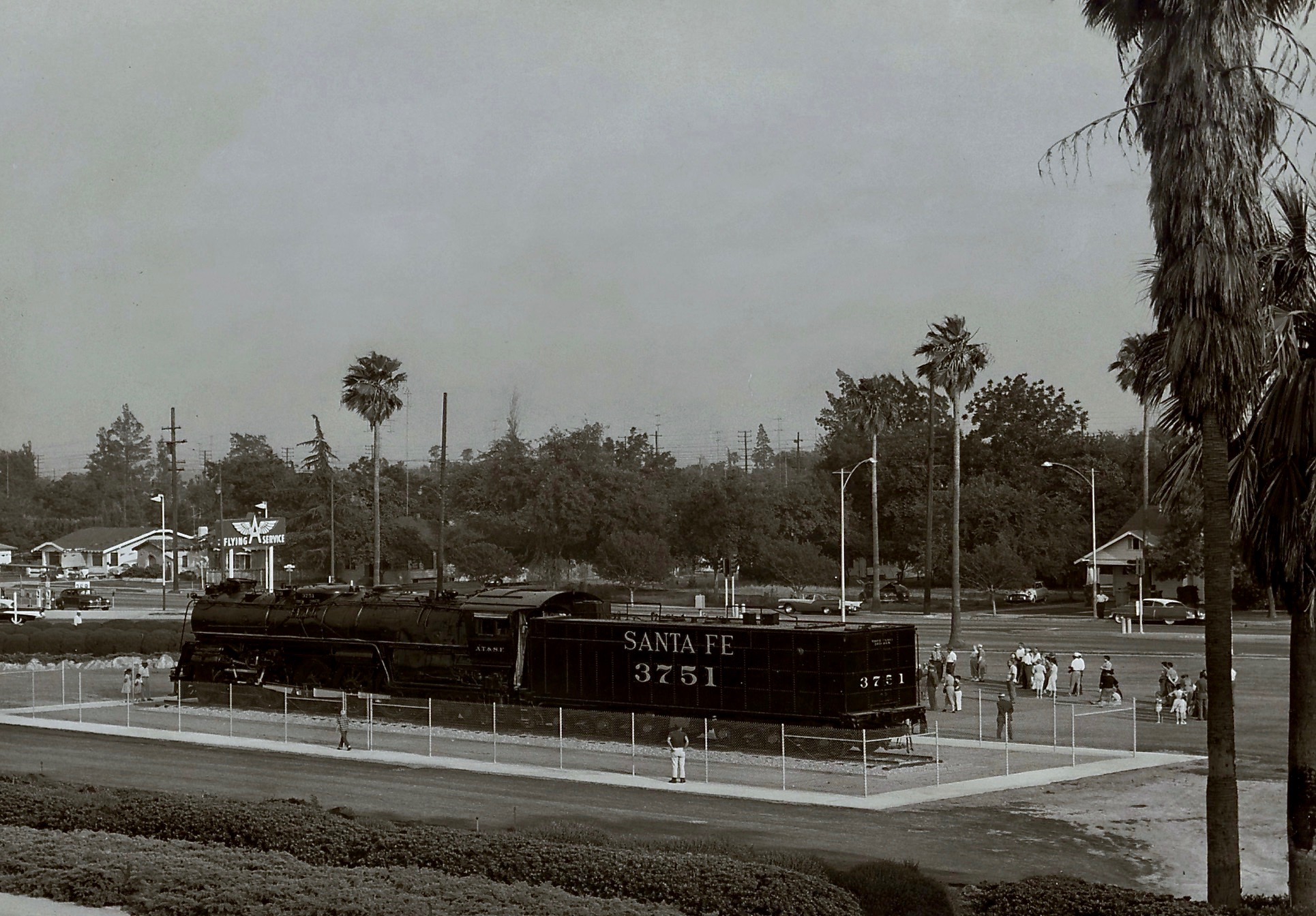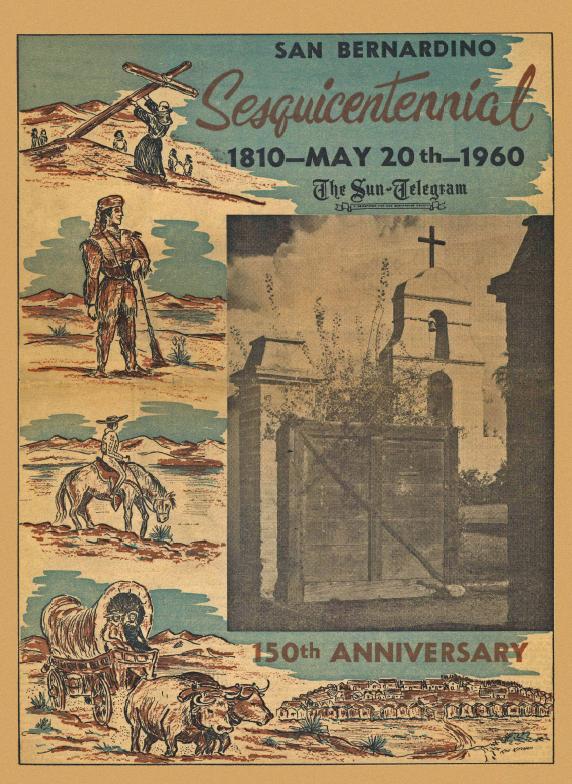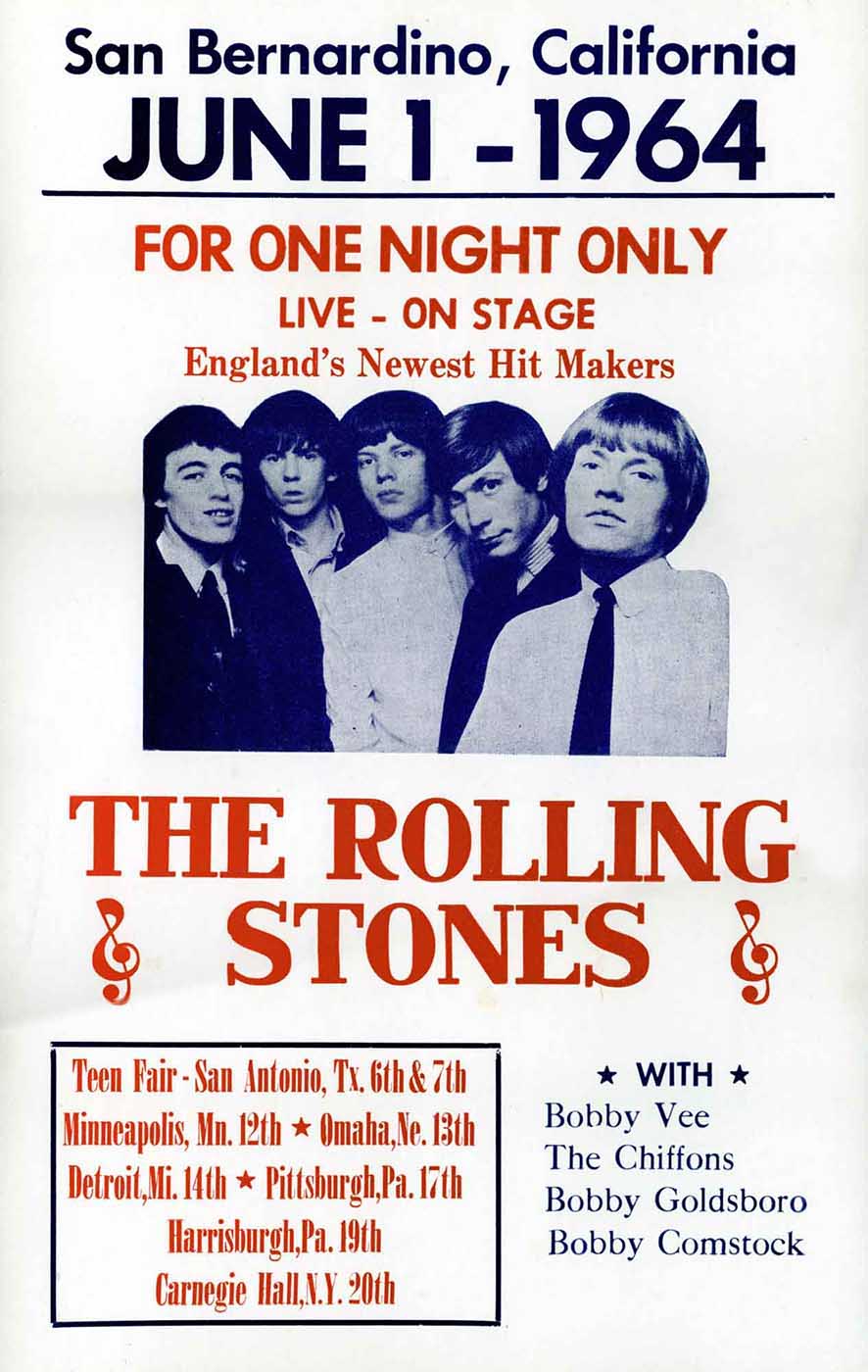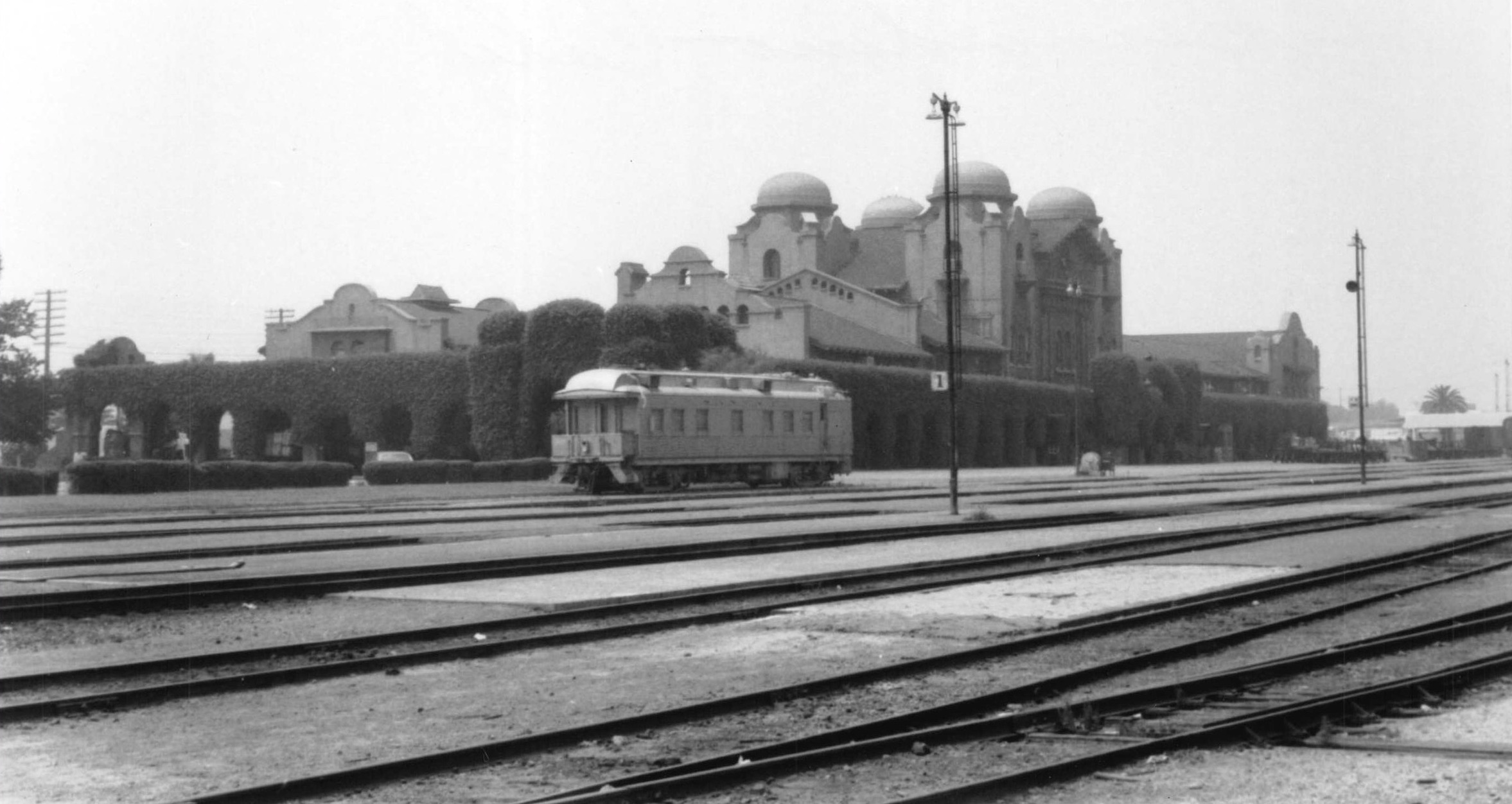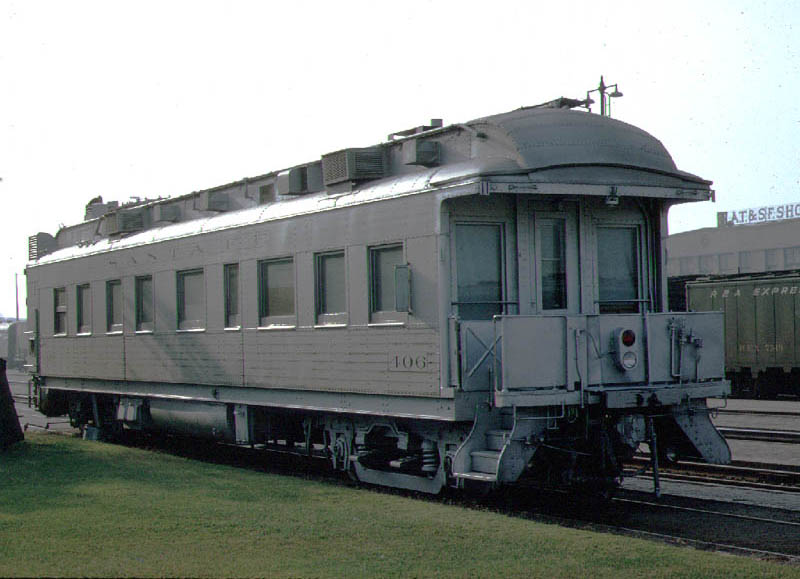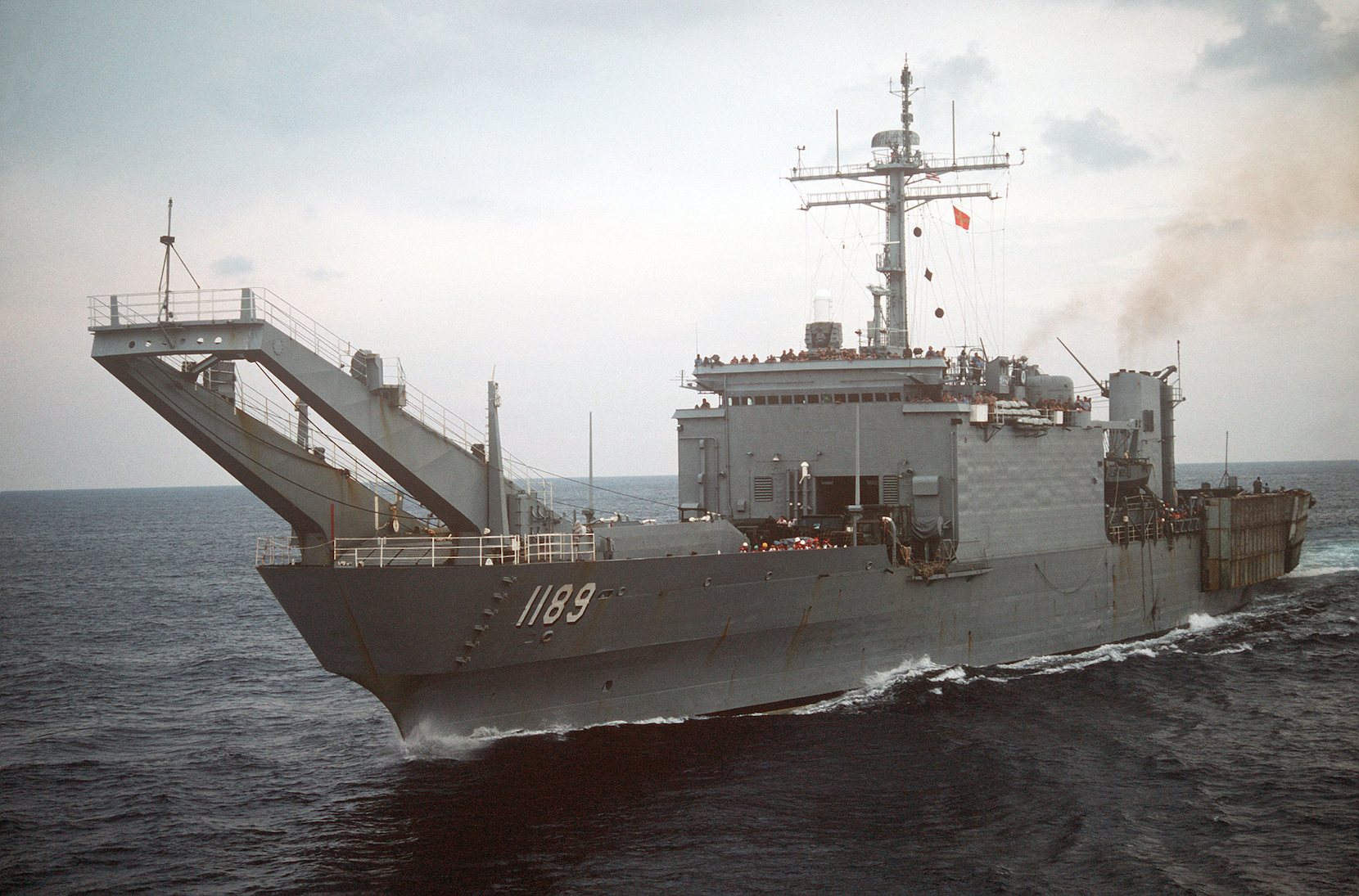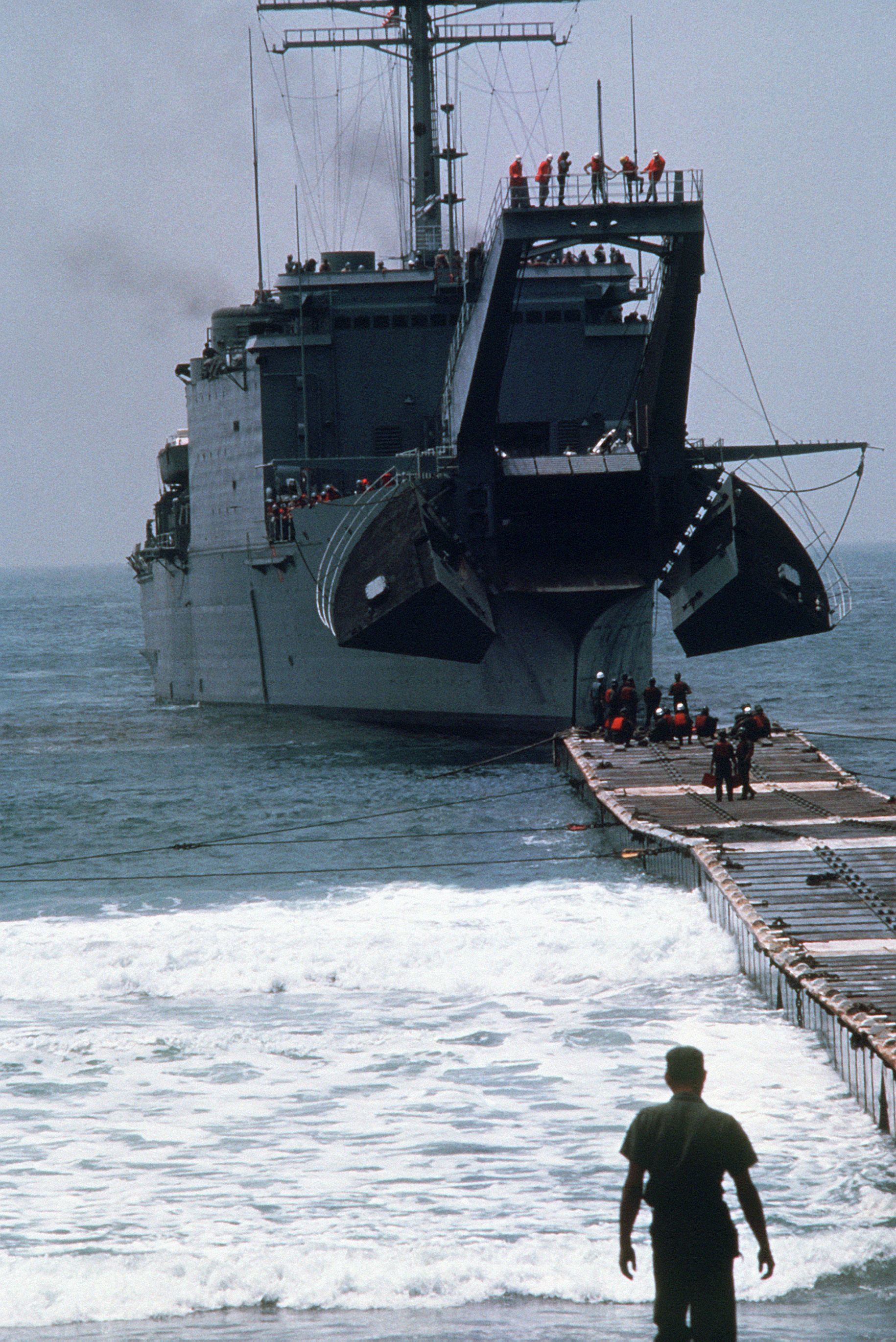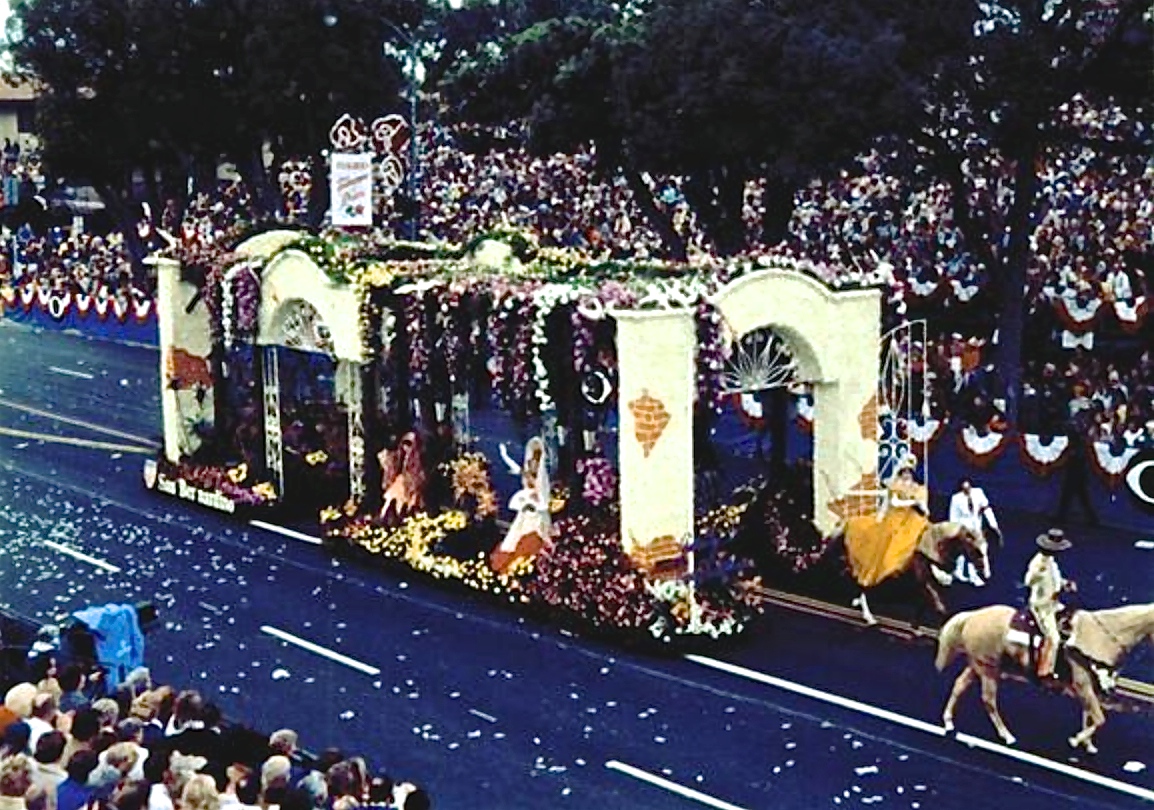On July 17, 1955, The Santa Fe and Disneyland Railroad began operations in Anaheim, California. On that day, the "C. K. Holiday" and the "E. P. Ripley" started transporting passengers around Disneyland Park.
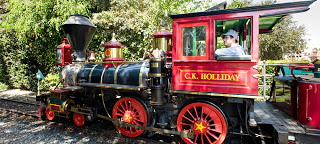 No. 1, "C. K. Holiday" (Founder of Atchison & Topeka Railroad) - Built in Disney Studios in 1955, a 5/8 scale 4-4-0 steam locomotive.
No. 1, "C. K. Holiday" (Founder of Atchison & Topeka Railroad) - Built in Disney Studios in 1955, a 5/8 scale 4-4-0 steam locomotive.
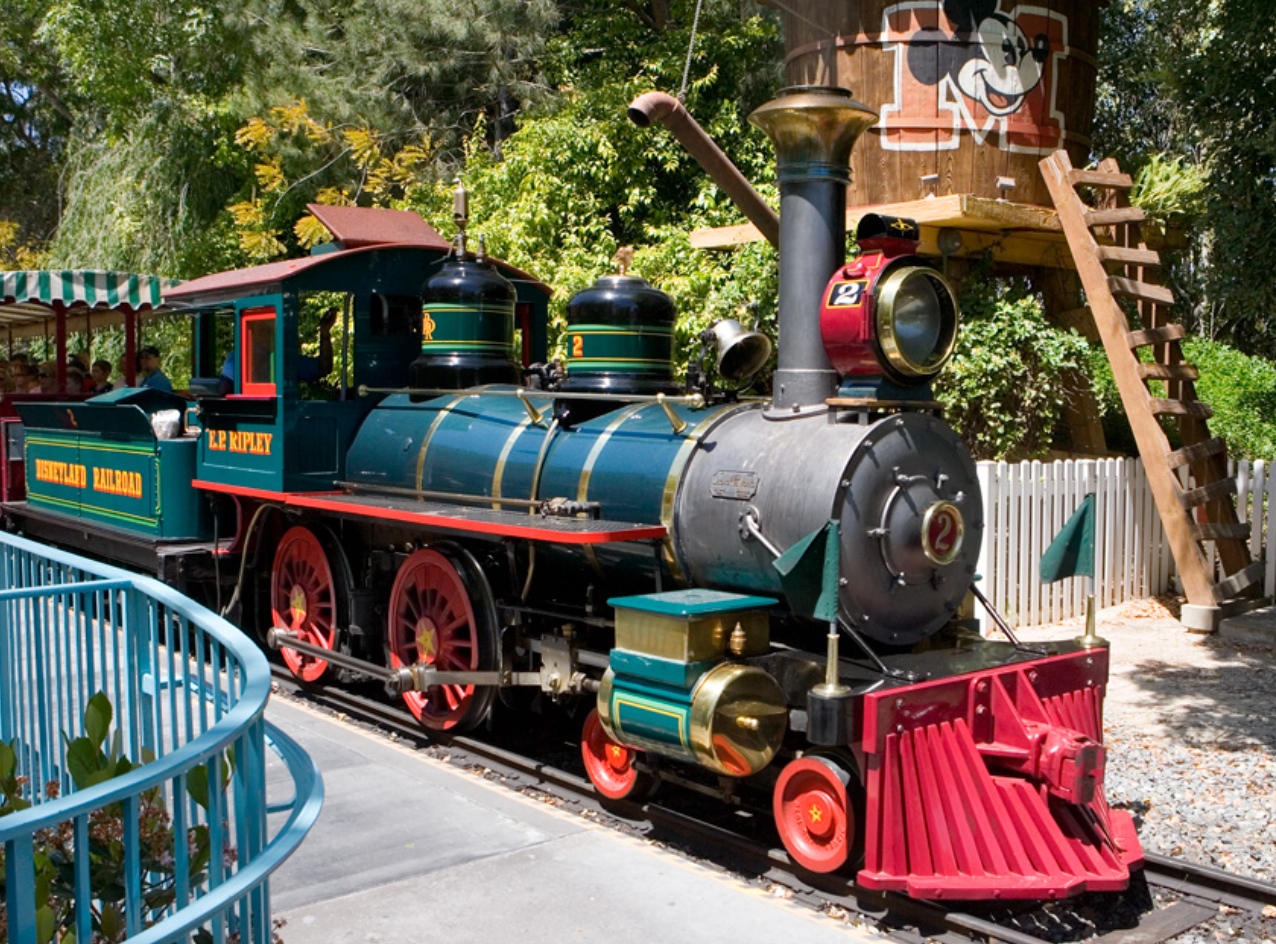 No. 2, "E. P. Ripley" (First President of AT&SF Railroad) - Built in Disney Studios in 1955, a 5/8 scale 4-4-0 steam locomotive.
No. 2, "E. P. Ripley" (First President of AT&SF Railroad) - Built in Disney Studios in 1955, a 5/8 scale 4-4-0 steam locomotive.
Disneyland's narrow gauge railroad was called the Santa Fe and Disneyland Railroad from 1955 until 1974 (when Santa Fe withdrew its sponsorship).
Currently there are five steam locomotives, with the first four named after former Santa Fe CEOs.
All of the engines are real operating steam locomotives. Currently the locomotives are fueled by biodiesel, blended primarily from used cooking oil and a soy based fuel.
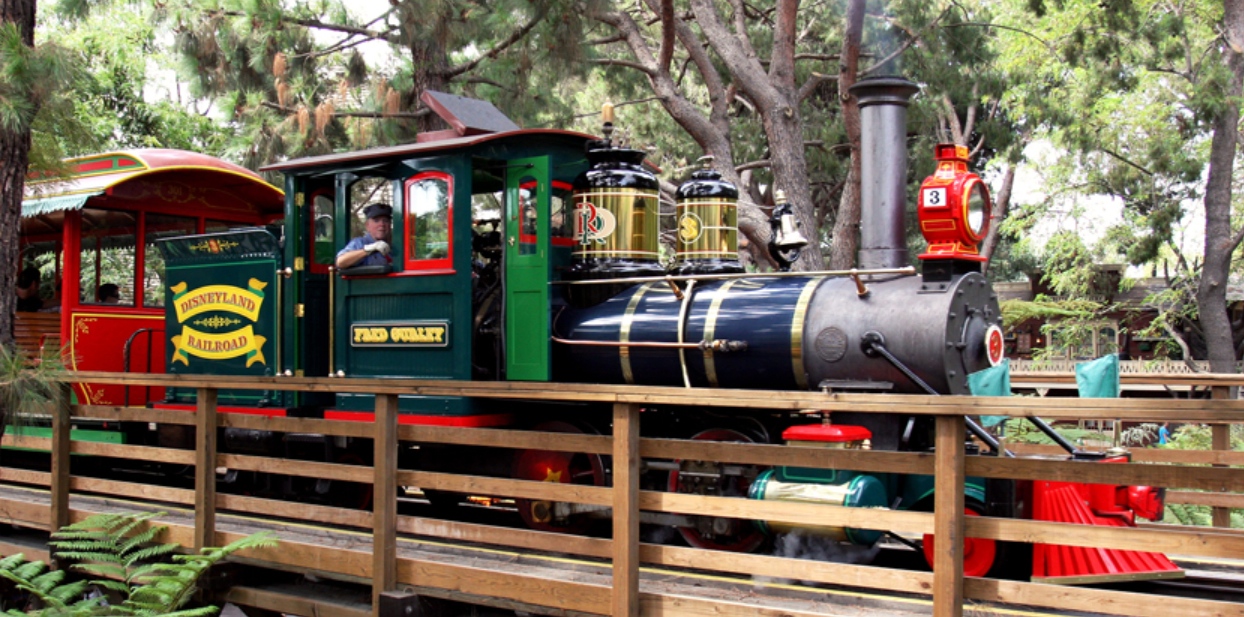 No. 3, "Fred Gurley" (In 1958 Gurley was the Chairman of AT&SF) - A Tank Locomotive (2-4-4T) built by Baldwin Locomotive Works in 1894.
No. 3, "Fred Gurley" (In 1958 Gurley was the Chairman of AT&SF) - A Tank Locomotive (2-4-4T) built by Baldwin Locomotive Works in 1894.
On March 28, 1958, the No. 3, "Fred Gurley" was added to the railroad.
Also in 1958, the Grand Canyon Diorama, painted by Delmer J. Yoakum, was added along the trains' route between Tomorrowland and Main Street. At that time it was the longest diorama in the world, 306 feet long and 34 feet high. "On the Trail", from Frede Grofe's Grand Canyon Suite is piped throughout the train as it enters the diorama.
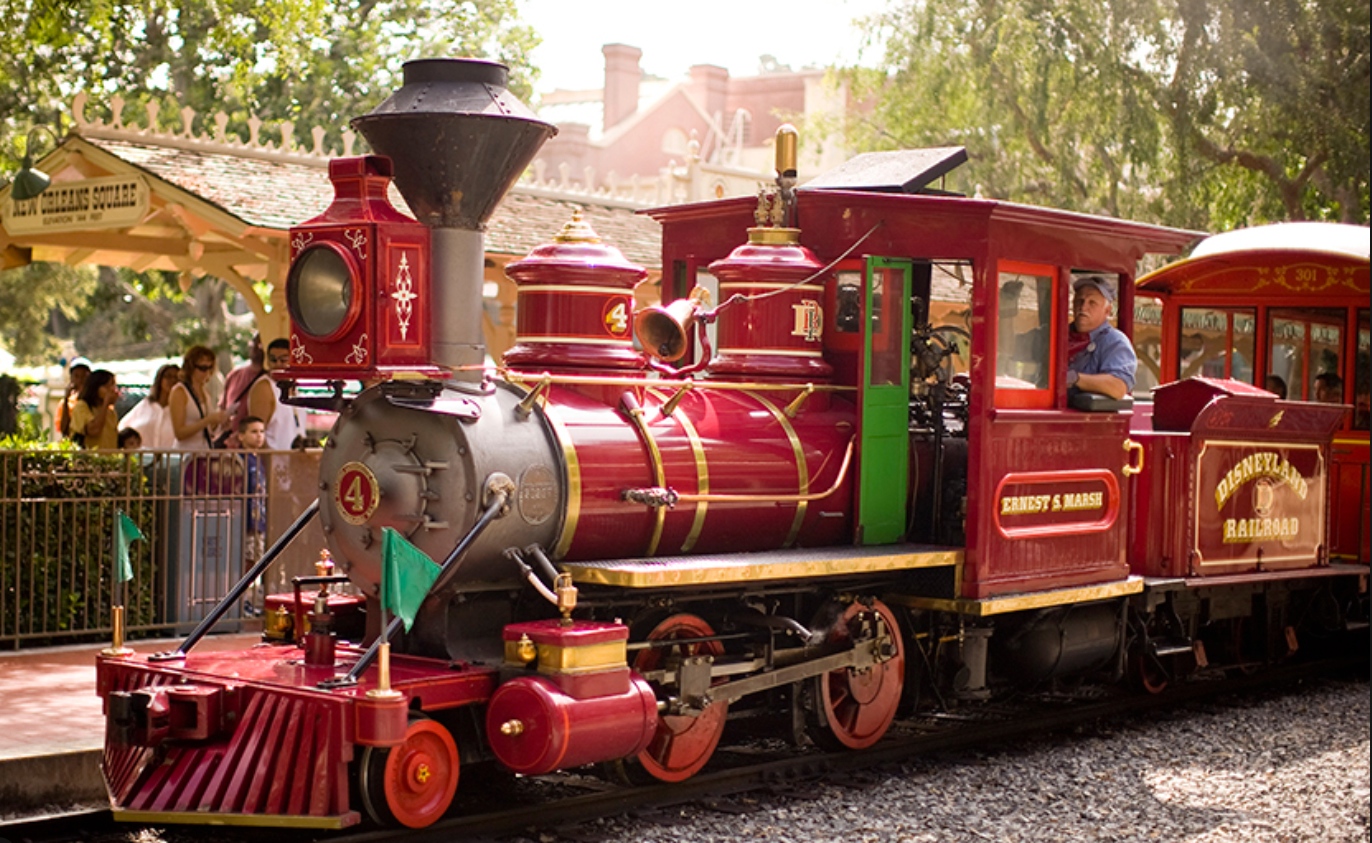 No. 4, "Ernest S. Marsh" (Santa Fe's President in 1959) - Originally built by Baldwin as a 0-4-0 Saddle-Tank in 1925. It now operates as a 2-4-0.
No. 4, "Ernest S. Marsh" (Santa Fe's President in 1959) - Originally built by Baldwin as a 0-4-0 Saddle-Tank in 1925. It now operates as a 2-4-0.
On July 25, 1959, the fourth train was put into operation, pulled by the "Ernest S. Marsh".
In 1966, the Grand Canyon Diorama was expanded with a prehistoric theme (including Audio-Animatronic dinosaurs) and thus became the "Grand Canyon/Primeval World" diorama.
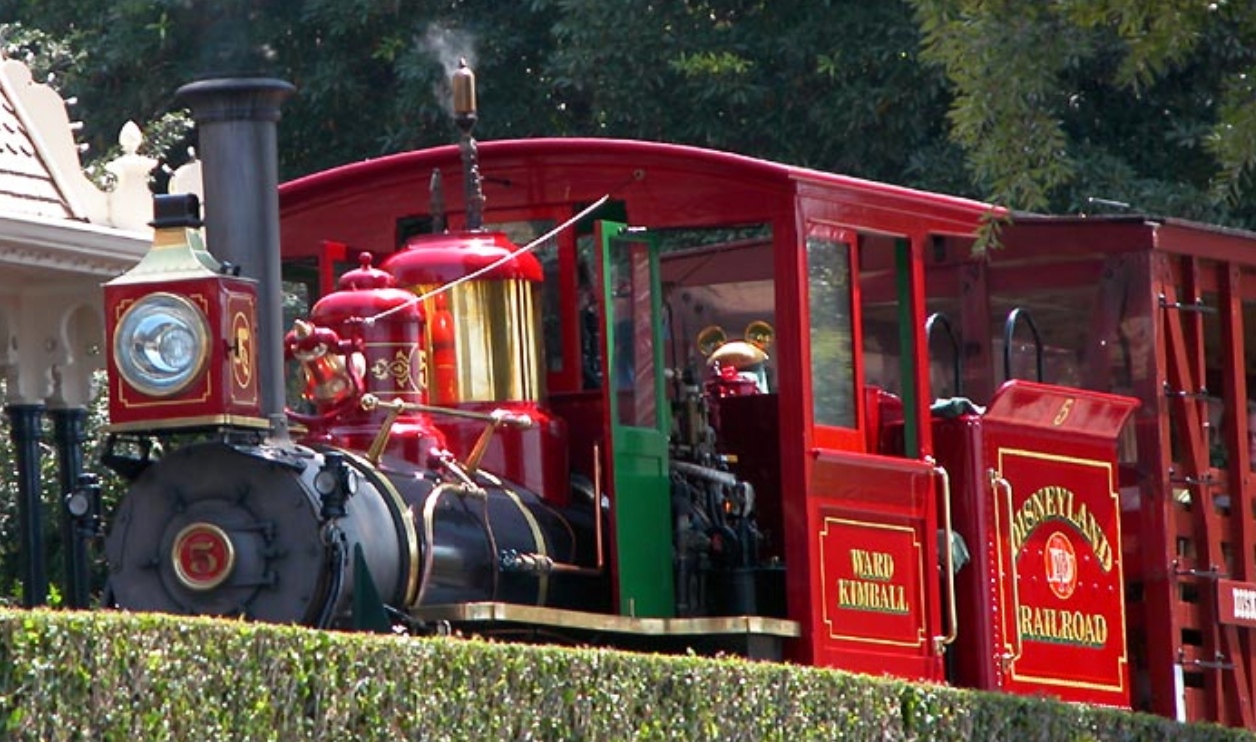 No. 5, "Ward Kimball" (A Disney Animator) - Built by Baldwin in 1902 for a Plantation in Louisiana. It is a 2-4-4 Locomotive.
No. 5, "Ward Kimball" (A Disney Animator) - Built by Baldwin in 1902 for a Plantation in Louisiana. It is a 2-4-4 Locomotive.
The "Ward Kimball" went into service on June 25, 2005, as part of the park's 50th anniversary celebration. The new locomotive's headlight features a gold leaf silhouette of Jiminy Cricket, based on a drawing of the character Kimball made shortly before his death.
Ward Kimball was railroad enthusiast and an animator who worked on some of Disney's most famous movies. He was affectionally known as one of Disney's Nine Old Men.
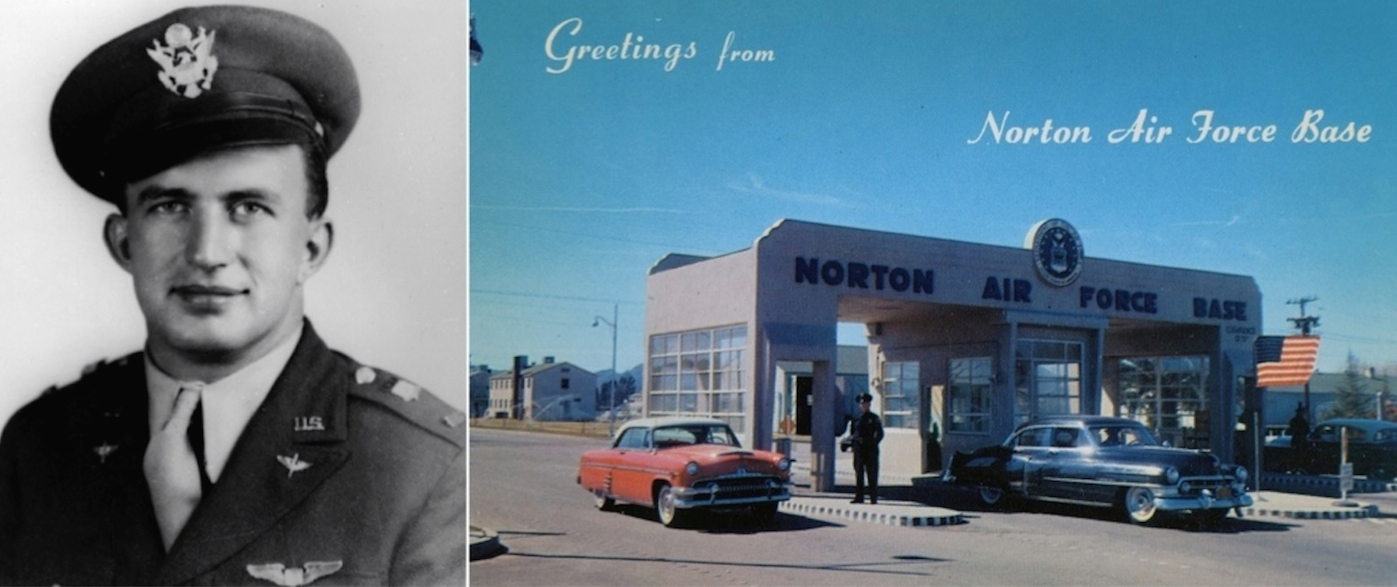

 Share Article
Share Article 